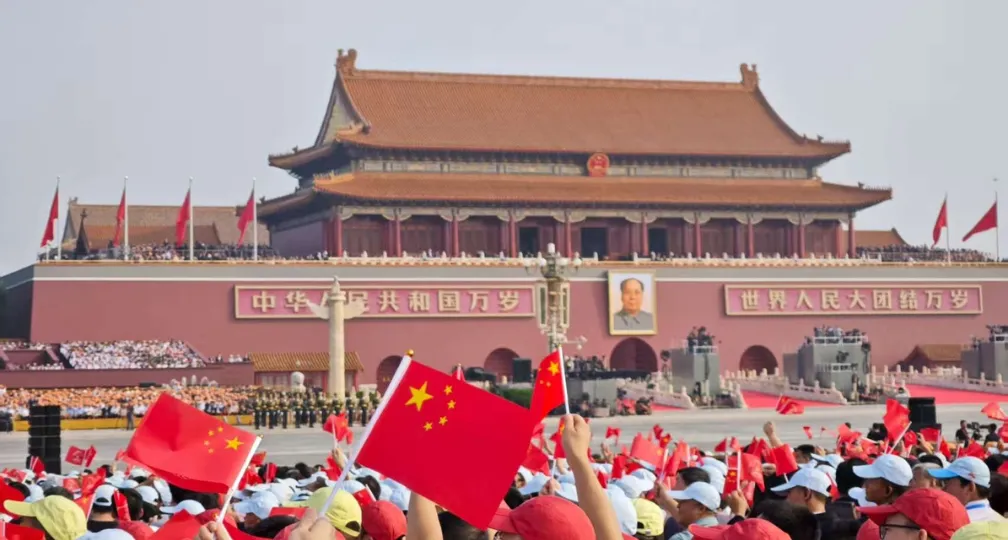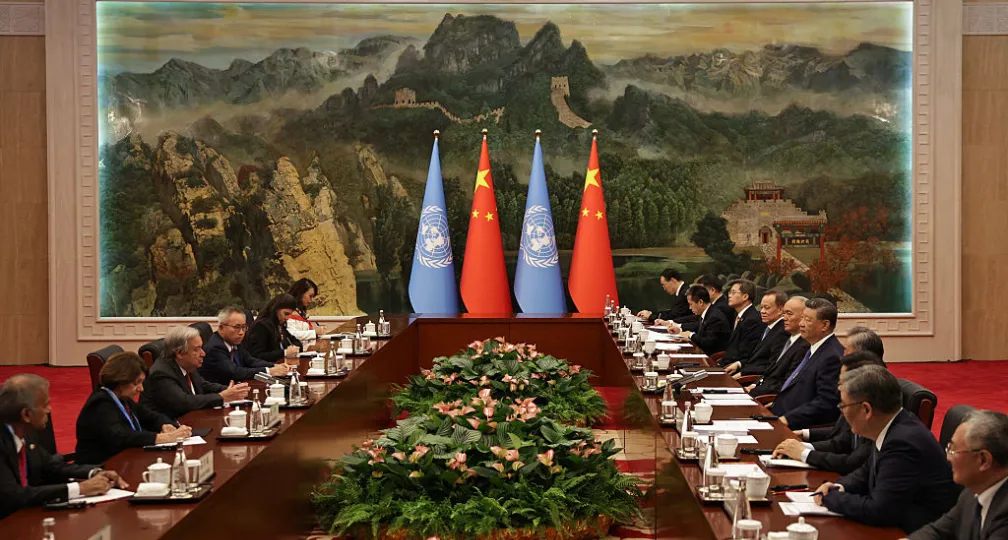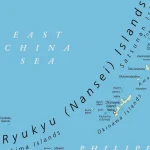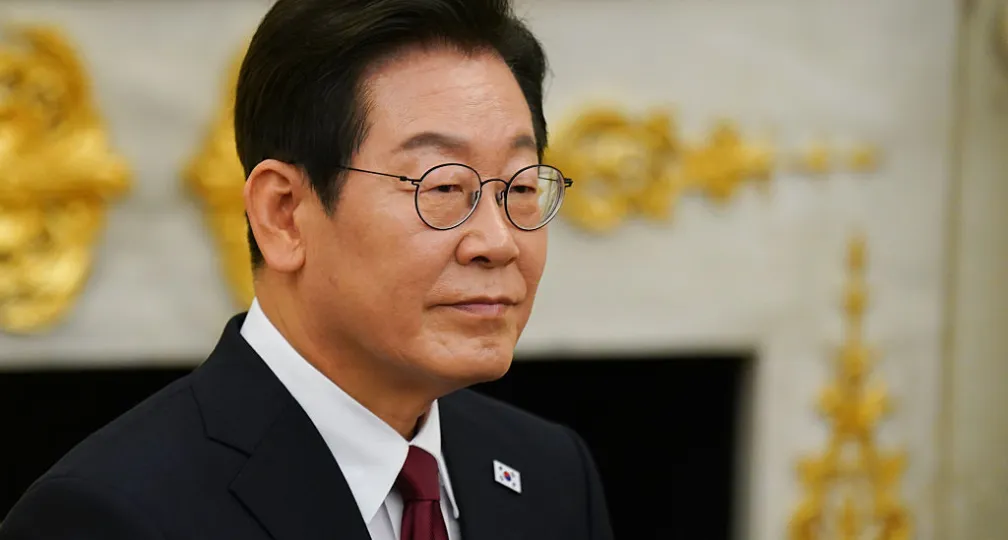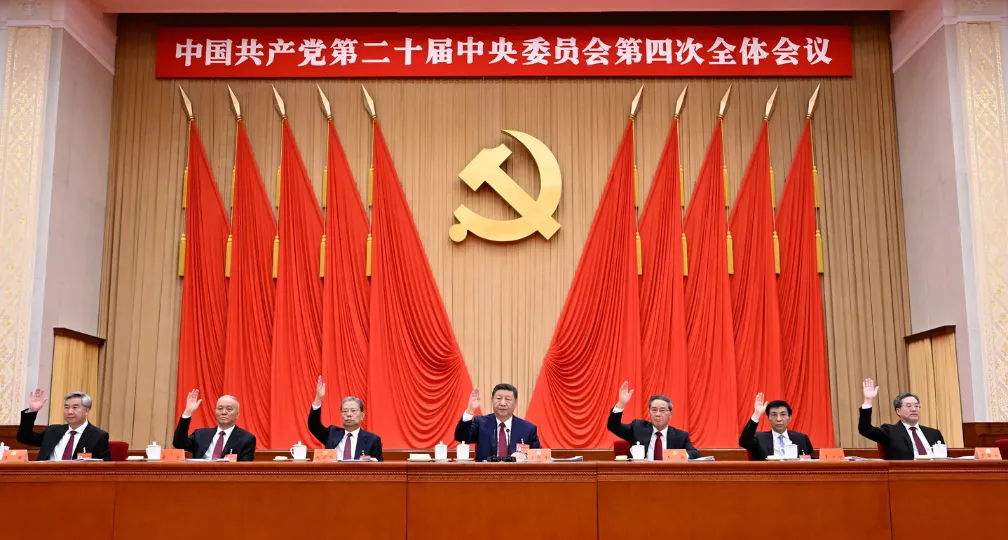Japan’s auto industry looks down the road to Trump presidency
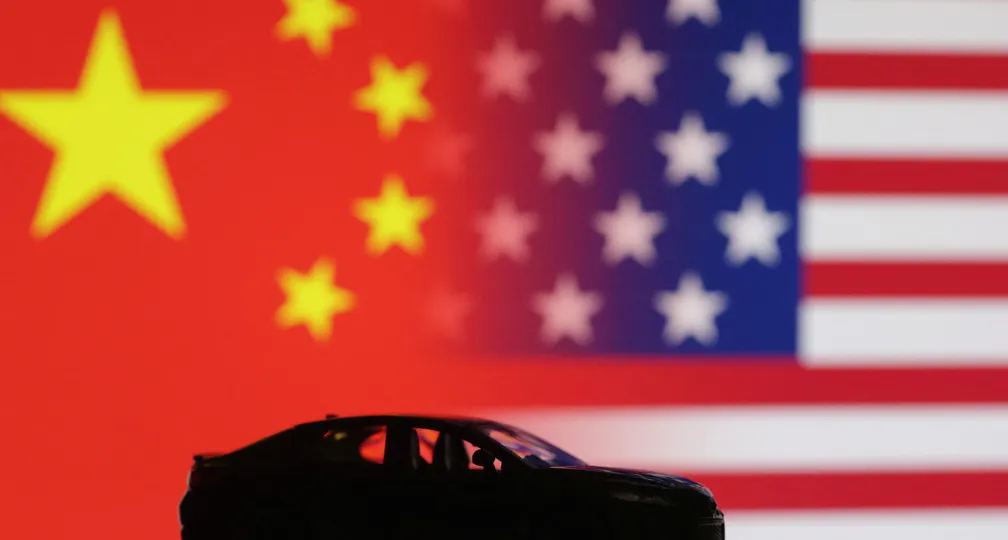
Japan’s auto industry is undergoing profound structural changes.
As the industry pivots toward electrification to meet emissions regulations and as autonomous driving and driver assistance systems advance, cars have been redefined as machines powered by batteries and motors and governed by software.
Like all players in this global industry, Japanese firms have been impacted by changes in environmental policies, software and semiconductor supply chains, as well as tariffs.
Japanese vehicles make up 40% of cars sold in the American market, and as Chinese competitors expand their share of electric vehicles in Southeast Asia, the United States remains a key segment for Japanese companies to defend.
It’s no secret that these automakers are monitoring political developments centered around the U.S. presidential election, which are especially consequential for firms specializing in hybrids and other low-emission vehicles.
U.S. climate policies shift
When he began his first term in 2017, then-President Donald Trump signed an executive order “promoting energy independence and economic growth,” marking a major policy shift by rolling back regulations on energy development and revising his predecessor Barack Obama’s climate policies.
Trump’s goal was to advance U.S. energy independence and, ultimately, energy dominance, resulting in a return to domestic development, including of fossil fuels. Citing harm to the American economy and a potential loss of 2.7 million jobs by 2025, Trump announced the United States’ withdrawal from the Paris Agreement in June of his first year in office.
The administration also relaxed Obama’s 2012 Corporate Average Fuel Economy (CAFE) standards and subsequently lowered the Obama-era requirement of a 5% annual improvement in vehicle fuel efficiency to 1.5% until 2026. The calculation was that this regulatory rollback would save billions of dollars in compliance expenditure, benefiting the auto industry — though some criticized it for doing exactly the opposite, that is, hiking up costs.
In January 2021, on his first day in office, President Joe Biden — who had made climate change one of his top priorities during the presidential campaign — rejoined the Paris Agreement and began reviewing the previous administration’s environmental regulations.
Biden announced plans to reduce greenhouse gas emissions by 50-52% compared to 2005 levels by the end of this decade and to reach net zero emissions by mid-century. In 2021, he issued an executive order requiring more than half of new vehicles sold by 2030 to be EVs or fuel cell vehicles. CAFE standards were also revised upward to 2% for passenger car fuel efficiency and 4% for light trucks through to 2032.
Biden’s legacy
In 2022, Biden passed the Inflation Reduction Act (IRA), allocating $369 billion to climate change initiatives and renewable energy investments. Enacted in April the following year, the IRA includes provisions for tax credits for EV purchases as well as subsidies and loans for manufacturing plants.
But the EV tax credit program has geographical requirements: Vehicles whose supply chains include “foreign entities of concern” are ineligible for the program, potentially impacting Japanese automakers.
Under the IRA, vehicles assembled in North America are recognized as clean. A $3,750 tax credit is available if critical minerals used in EV batteries are sourced from the U.S. or a free-trade agreement country, or recycled in North America, and meet a certain value threshold. Similarly, if battery components are manufactured or assembled in North America, an additional tax credit of the same amount can be claimed — for a total credit of up to $7,500 per vehicle.
In addition, in July this year, the U.S. Department of Energy announced $1.7 billion in grants to retrofit 11 plants across eight states into EV manufacturing facilities.
Trump, however, has referred to Biden’s climate policies as a green “scam,” claiming that they have wasted taxpayer money and pledging to end them. While Trump’s proposed policy changes would require congressional approval, he is expected to try to play a strong hand in implementing them.
The CHIPS Act
Cars today, whether EVs or hybrids, rely heavily on legacy and advanced semiconductors, and during the COVID-19 pandemic, the auto industry faced a semiconductor shortage that slowed down vehicle production. In December 2017, Trump issued an executive order on “a federal strategy to ensure secure and reliable supplies of critical minerals,” highlighting security concerns over America’s reliance on mineral imports despite the availability of domestic resources.
Washington has continued to throw its weight behind the domestic chip industry.
The National Defense Authorization Act of 2021 prompted investment support for semiconductors on the back of rising U.S.-China tensions in advanced technology fields.
Subsequently, under Biden, the CHIPS and Science Act was passed in August 2022, establishing additional funding programs. The Commerce Department was given $50 billion to strengthen and revitalize American semiconductor research, development and manufacturing.
The CHIPS Act passed with bipartisan support and was backed by the U.S. auto industry — including Japanese automakers who are members of the American Automotive Innovation Alliance. The Biden administration granted hefty subsidies to encourage domestic production and reduce reliance on China, benefiting the automotive semiconductor supply chain.
The legislation also includes expanded guardrails to try and limit the expansion of semiconductor production capacity in China and other “countries of concern” for ten years. In addition, the U.S. government began investigating Chinese-made automotive software in connected vehicles suspected of threatening national security.
Amid a rise in American protectionism and the emergence of economic blocs, Japan’s auto industry faces a dilemma: Choosing between the U.S. and China.
American tariffs
In May, Biden proposed raising tariffs on Chinese EVs from 25% to 100% and increasing tariffs on EV batteries and semiconductors, signaling a tough stance on China ahead of the election, likely a move to emphasize job protection.
During his campaign, Trump — who already waged a trade war against China during his first term — proposed a 60% tariff on all Chinese products and a uniform 10% tariff on all imports to the U.S. Notably, in his acceptance speech for the presidential nomination in July, Trump announced plans to impose tariffs of up to 200% on imported vehicles.
If Trump imposes a uniform tariff, retaliatory levies from trading partners would likely raise costs for consumers both in the U.S. and its trading partners. The top five countries that export to the U.S. are Mexico, China, Canada, Germany and Japan and Japanese automakers, who export from production bases in Mexico, would be heavily impacted by Trump’s proposals.
Nonetheless, Japan’s automotive industry is seeking to maintain its production and sales volumes while riding the electrification and smart technology wave — transitioning from hybrids to EVs at a steady pace, that is, neither too fast nor too slow. Losing the U.S. market is certainly something it wants to avoid.
Yet Trump’s presidency could lead to greater volatility in environmental regulations and tariffs, compelling Japanese automakers to remain nimble when responding to Washington’s policy vagaries.
Continuity from Trump to Biden
Both Trump and Biden inherited several policies related to emerging tech that were based on a recognition of the United States’ diminishing edge over China.
The Third Offset Strategy introduced by former President Barack Obama sought to maintain America’s strategic superiority over China and Russia by leveraging technological advantages in fields such as AI and space.
But during the first Trump term, the strategy shifted toward more symmetric competition, emphasizing concerns over China catching up and influenced by the decline of American manufacturing and innovation. The 2020 critical and emerging technologies strategy acknowledged that the U.S. could not maintain leadership in all fields and sought to clarify its priorities, focusing on nurturing and protecting key areas.
Noteworthy is that this approach was partly based on cooperation with allies, even though its foreign policy iterations caused friction with many of them — and cooperation began in earnest only once Biden took over.
The Biden administration’s National Security Strategy took a different turn. In fields such as next-generation communications and semiconductors, efforts were made to enhance capabilities through domestic investment, especially in emerging tech like AI and quantum computing, and R & D and protective measures were promoted through bilateral cooperation agreements and multilateral frameworks.
Biden also continued Trump’s focus on research integrity and security, setting cooperation agendas in forums such as the OECD and Group of Seven.
But while Washington’s multilateral approach increased pressure on Beijing, it also led to losses for less powerful allies. Investments in sectors such as semiconductors, electric vehicles and clean technology were not only designed as industrial policies to counter China but sparked a race for subsidies among friendly nations.
Cooperation with friction
One important question is whether negative impacts on allies were baked into the policies in the first place or if they were structural in nature. In the former case, the next government could change course, but if the latter is true, these issues will persist.
For example, friction over Biden’s Inflation Reduction Act could have been mitigated. The rule limiting subsidies to North American EVs emerged out of domestic negotiations, but an executive decision could have changed them — by expanding the subsidies’ scope, for instance.
On the other hand, discord caused by efforts to strengthen certain industries, including through the CHIPS and Science Act, is largely rooted in international structural factors, particularly differences in countries’ relative capabilities.
Washington’s push for investment in strategic industries such as advanced semiconductors is aimed at reshoring production to the U.S. and reducing reliance on China, but these industries’ enhanced competitiveness has affected allied countries as well. For example, the European Union has sought to expand investment through its own semiconductor law, but an imbalance in the scale of funding remains between the U.S. and Europe.
Nevertheless, given China’s rapid technological development, a slowdown in American investment could result in U.S. industries falling behind, leaving little room for policies to have any substantive impact.
These issues could also create friction when it comes to international regulatory cooperation. Strengthening investment regulations and research security requires allies to coordinate to close any loopholes. However, the extent to which countries other than the U.S. can absorb losses stemming from similar regulations varies significantly.
Allies respond
The key issue for many countries, including Japan, is how relationships between allies might change with Trump’s return. Under his watch, issues around the distribution of burdens and benefits might become more acute and the way policies are framed less palatable.
But if problems caused by technological investments and industrial policies are structural in nature, the new administration will not necessarily solve them. And massive U.S. investments in science and technology, coupled with strong regulations, could continue to provide long-term competitive advantages against China for many allies.
Europe and countries like Japan face the dilemma of balancing cooperation and competition with the U.S. As long as the Sino-American rivalry continues to center on supremacy in emerging technologies, Washington will be compelled to involve its allies, which means that the structure of international cooperation in this field might not change significantly.
However, the expansion of American-led minilateral cooperation frameworks concentrates technology around the U.S., creating asymmetries: While the U.S. can benefit from allies’ technologies, partner nations may have only limited access to American ones due to narrowly defined frameworks.
Even so, for many friendly countries, technological cooperation with a strong United States is indispensable. Since an American victory in the competitive race with China would benefit them in the long run, they may have no choice but to accept short-term disadvantages.
Yet allies such as Japan will not just accept these side effects without mounting any resistance — making interest alignment and trust-building essential. One approach would be for allies to improve cooperation among themselves, therefore mitigating asymmetries in access and redressing structural imbalances.
Another approach would be for countries like Japan to define their priority scientific and technological fields, taking their indispensability to the broader alliance into consideration, therefore maximizing the benefits of collaboration. In the nested structure of competition surrounding emerging technologies, efforts are framed as a response to the Chinese threat but may ultimately help manage risks stemming from the U.S. as well.
(Photo Credit: Reuters / Aflo)
[Note] This article was posted to the Japan Times on December 12, 2024:
https://www.japantimes.co.jp/commentary/2024/12/12/japan/japan-auto-industry-us-trump/

Geoeconomic Briefing
Geoeconomic Briefing is a series featuring researchers at the IOG focused on Japan’s challenges in that field. It also provides analyses of the state of the world and trade risks, as well as technological and industrial structures (Editor-in-chief: Dr. Kazuto Suzuki, Director, Institute of Geoeconomics (IOG); Professor, The University of Tokyo).
Disclaimer: The opinions expressed in Geoeconomic Briefing do not necessarily reflect those of the International House of Japan, Asia Pacific Initiative (API), the Institute of Geoeconomics (IOG) or any other organizations to which the author belongs.
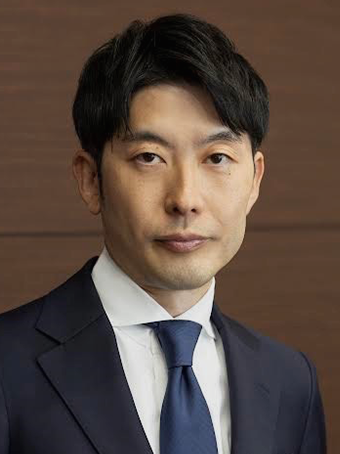

Group Head, Emerging Technologies,
Director of Management
Makoto Shiono holds a B.A. in Political Science from the Faculty of Law at Keio University and a Master of Laws (LLM) from Washington University (St. Louis) School of Law. He served as a member of the planning committee of the Intellectual Property Strategy Headquarters, Cabinet Office; the Working Group on Key and Strategic Areas, National Standards Strategy Subcommittee, Cabinet Office; and the Working Group of the Green Innovation Project Subcommittee of the Industrial Structure Council. He also participated in drafting the Ethics Guidelines (2017) as a member of the Ethics Committee of the Japanese Society for Artificial Intelligence. [Concurrent Positions] Co-Managing Director & CLO, IGPI Group Director & Managing Director, Industrial Growth Platform, Inc. (IGPI) Member, Startup Investment Committee, Japan Bank for International Cooperation(JBIC) Executive Officer, JBIC IG Partners
View Profile-
 Is China Guardian of the ‘Postwar International Order’?2025.12.17
Is China Guardian of the ‘Postwar International Order’?2025.12.17 -
 Japan-India Defense in a Fragmenting Indo-Pacific2025.12.10
Japan-India Defense in a Fragmenting Indo-Pacific2025.12.10 -
 The “Economic Security is National Security” Strategy2025.12.09
The “Economic Security is National Security” Strategy2025.12.09 -
 India - Japan: The Glimpse of a Shared Vision2025.12.05
India - Japan: The Glimpse of a Shared Vision2025.12.05 -
 Beijing’s ‘Globalist’ Agenda Under Trump 2.02025.12.01
Beijing’s ‘Globalist’ Agenda Under Trump 2.02025.12.01
 Event Report: The Trump Tariffs and Their Impact on the Japanese Economy2025.11.25
Event Report: The Trump Tariffs and Their Impact on the Japanese Economy2025.11.25 The “Economic Security is National Security” Strategy2025.12.09
The “Economic Security is National Security” Strategy2025.12.09 The Real Significance of Trump’s Asia Trip2025.11.14
The Real Significance of Trump’s Asia Trip2025.11.14 The long road to a South Korea-U.S. trade deal2025.11.26
The long road to a South Korea-U.S. trade deal2025.11.26 The Tyranny of Geography: Okinawa in the era of great power competition2024.02.09
The Tyranny of Geography: Okinawa in the era of great power competition2024.02.09


